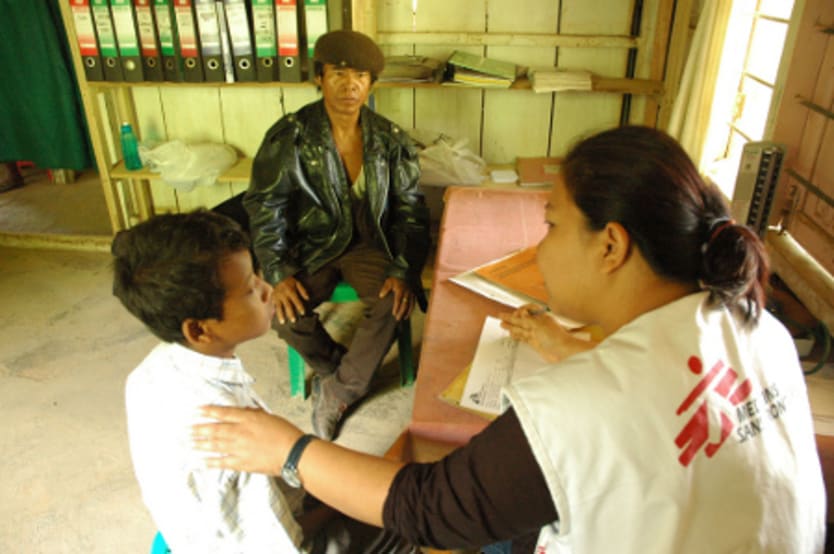
Has there been a neglect of childhood tuberculosis in the developing world?
A new report by the Stop TB Department of the World Health Organization says there may have been neglect to “a large extent.” The international community has made considerable progress in reducing deaths due to tuberculosis, the report says, but efforts to diagnose the disease among children have been lacking. The head of the department, Mario Raviglione, described childhood tuberculosis as “a hidden epidemic in most countries.”
This neglect of the disease among children stems from the lack of modern diagnostic options in developing countries, the report says. It notes that while developed countries make use of modern molecular tests to detect tuberculosis, health centers in developing countries still rely on the 130-year-old method of testing a sample of sputum coughed up by the patient. Myths about tuberculosis in childhood also abound in the developing world, the report adds.
Reversing this cycle of neglect requires changes at various levels of the health system, the report argues. For the international community, WHO proposes these four steps:
Start viewing childhood tuberculosis as a family illness.
Prioritize screening programs among children living with HIV.
Boost efforts to “find all people affected” by tuberculosis.
Create seamless health care packages that integrate maternal and child health services, tuberculosis care and HIV care.
Read more:
Read more development aid news online, and subscribe to The Development Newswire to receive top international development headlines from the world’s leading donors, news sources and opinion leaders — emailed to you FREE every business day.








